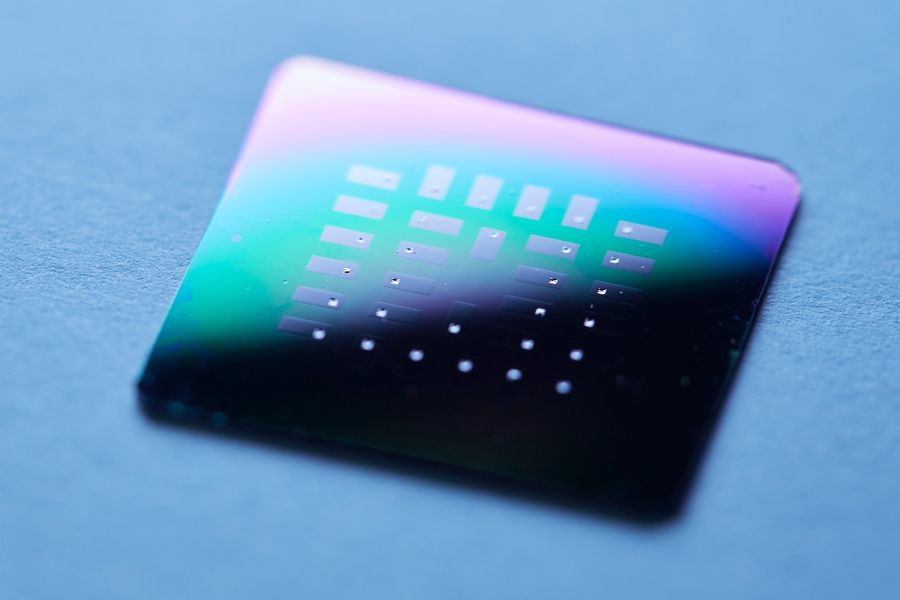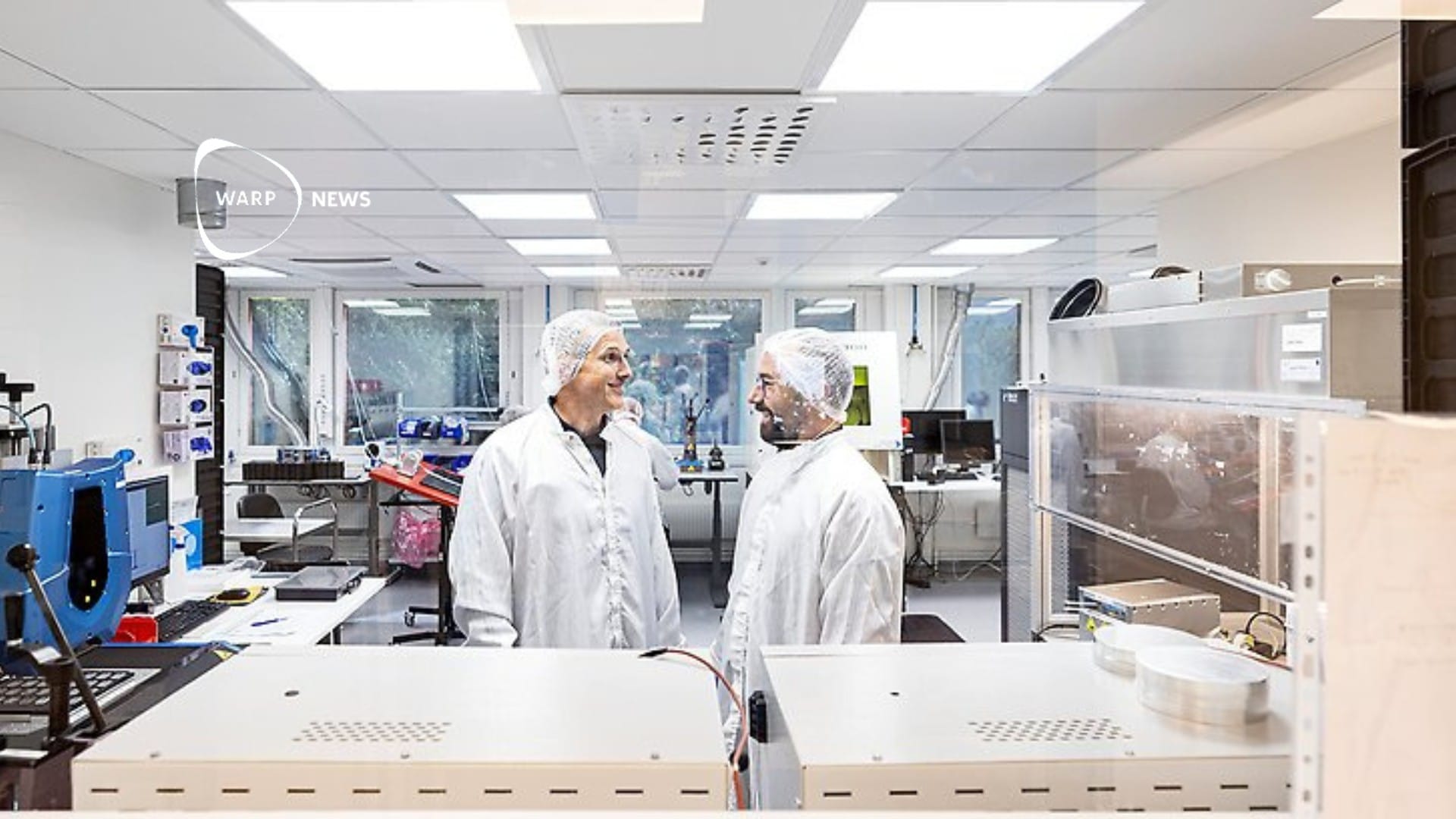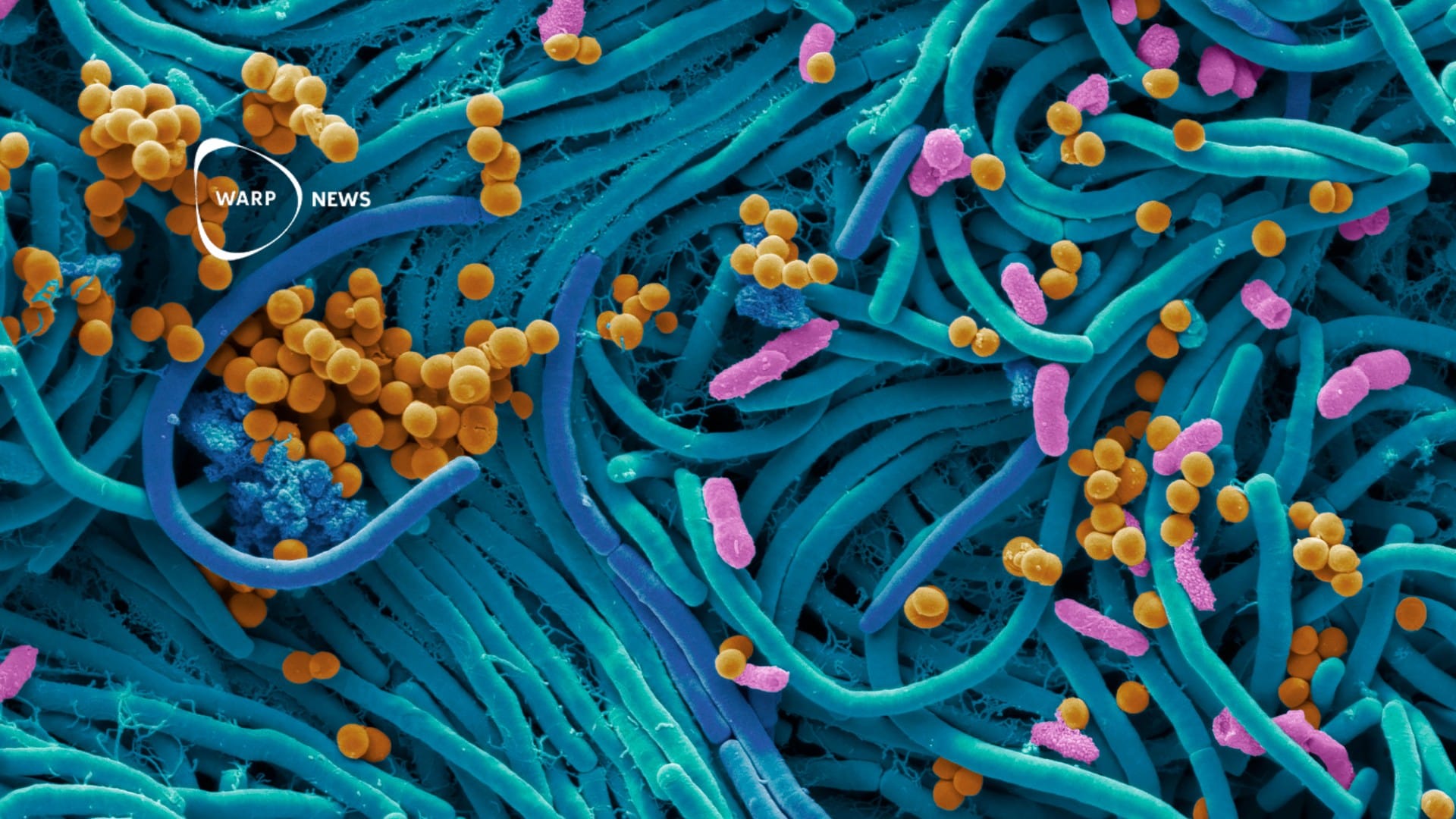
🩸 Ultra-thin fuel cell converts blood sugar into electricity
A minuscule fuel cell is able to generate energy from glucose present in the body and replace traditional batteries.
Share this story!
One problem with medical implants and sensors that operate inside the body is how to provide the electricity they need. Today, a battery must be surgically inserted or wires must be routed from the sensor inside the body to the battery on the outside. Researchers at MIT in the USA and the Technical University of Munich in Germany have now developed a much more flexible alternative.
Researchers have built a very small fuel cell that is powered by glucose (blood sugar). By converting glucose into electricity, the body itself takes care of supplying power.
"Glucose is everywhere in the body and our idea is to use this generally available energy to power implants", says Philipp Simons, researcher at MIT and one of the researchers behind the development of the fuel cell, in a press release.
The fuel cell is only 400 nanometers thick, which is about one hundredth as thick as a hair. It can generate 43 microwatts per square centimeter and by combining several fuel cells, it is possible to get enough power to power a variety of implants and sensors.
"Fuel cells convert energy directly instead of storing it so you do not need all the volume needed to store energy in a battery. An implant can otherwise 90 percent consist of a battery", says Jennifer L.M. Rupp, another of the researchers behind the fuel cell.
The researchers used a ceramic material to build the fuel cell. The material can withstand temperatures of up to 600 degrees, which means that the battery can be built into the implant and sterilized together with the implant.
By becoming a premium supporter, you help in the creation and sharing of fact-based optimistic news all over the world.


